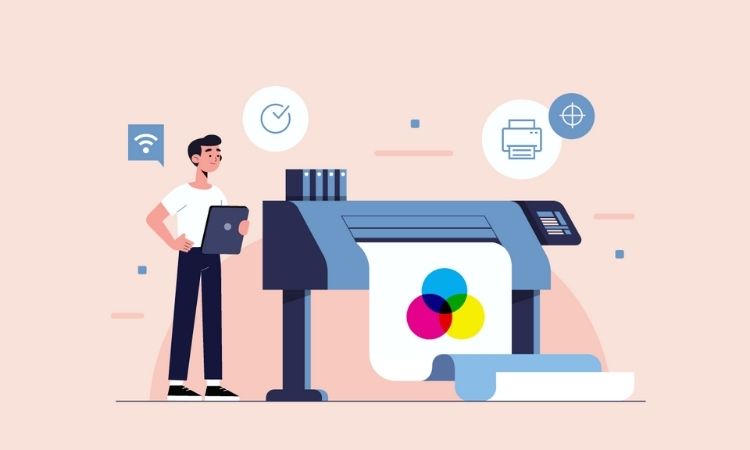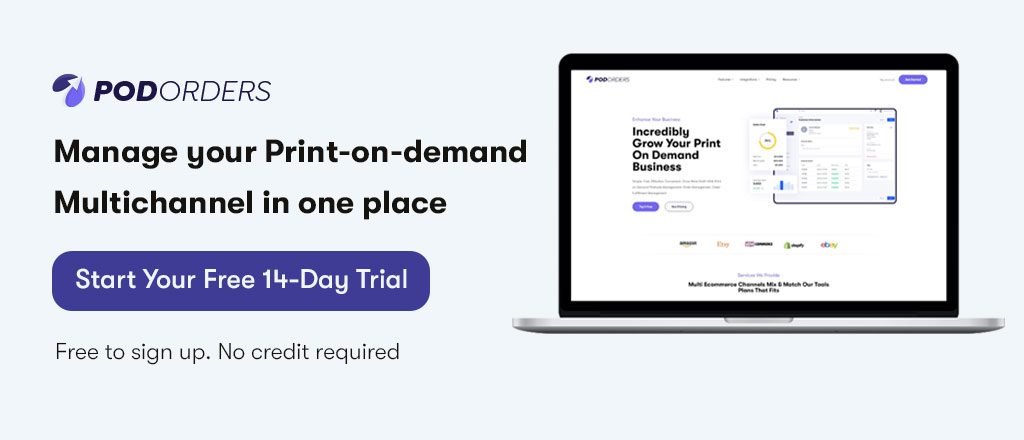Recently, a large number of accounts across a variety of Print on Demand services have been canceled. Why have print-on-demand firms like Redbubble, Teespring, and Merch by Amazon begun removing designs and suspending or canceling accounts? What are the causes for all of these postponements?
The answer is frequent copyright or trademark violation – Print on demand copyright problems. Let’s talk about some of the items that could be included in the designs that infringe on copyright without you even realizing it if your account was taken down for what you believe is no cause.
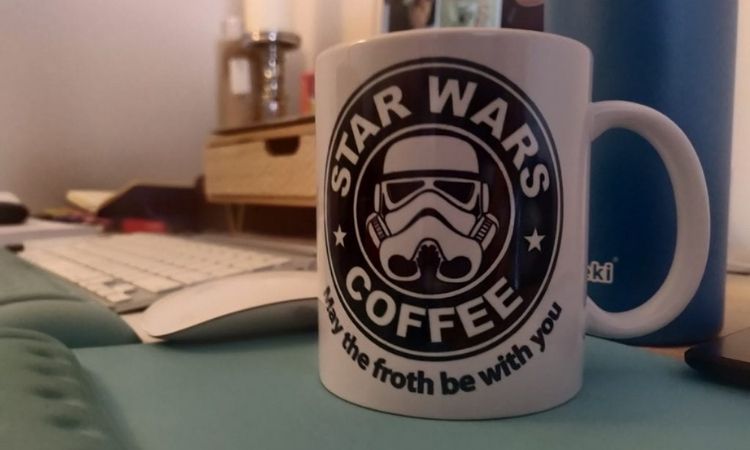
So, before you go ahead and start selling t-shirts with photographs of your favorite band, you should educate yourself on the ins and outs of copyright. First, we will start with the basics, what is copyright?
I. What is copyright and trademark
1. What is copyright
Copyright is a legal right that refers to the legal protection of a creator’s work once it has been physically manifested. Work must be both original and tangible in order to be protected by copyright. This implies it had to be the result of your own ability and labor, and it had to be expressed physically.
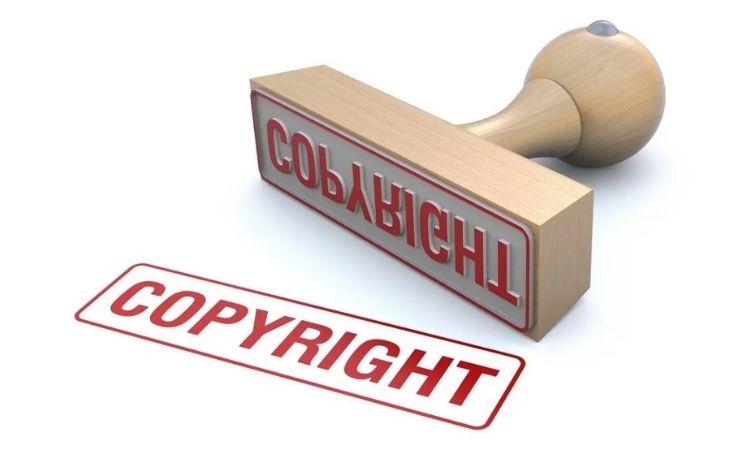
Copyright laws vary slightly by country, but in the United States, they cover ‘works of authorship,’ which include the following categories:
- Literary works
- Musical works, including any accompanying words
- Dramatic works, including any accompanying music
- Pantomimes and choreographic works
- Pictorial, graphic and sculptural works
- Motion pictures and other audiovisual works
- Sound recordings
- Architectural works
Copyright protection normally lasts up to 70 years after the creator’s death, depending on the nature of work.
2. What is trademark
A trademark is a sort of intellectual property that protects objects that help identify a brand, such as the company name, logo, or symbols, and that help differentiate one entity from another.
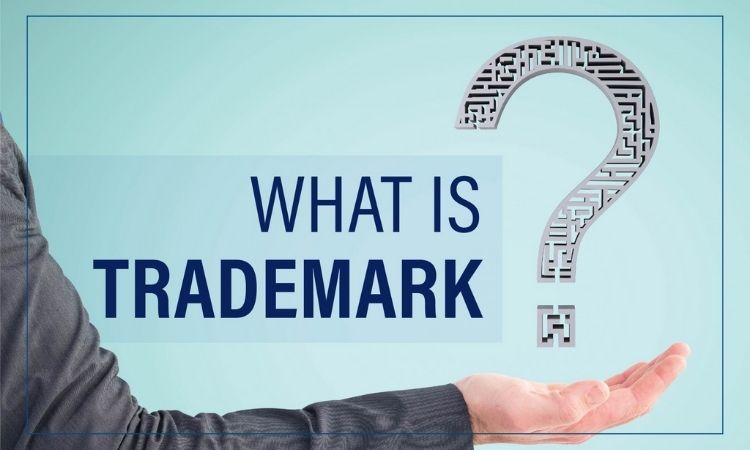
Consider Reese’s peanut butter cup packaging, which is red-orange in hue and is trademarked. Consider the bite-marked apple that has become synonymous with Apple laptops; that symbol has been trademarked. Consumers immediately recognize the brand and product because of the unique orange hue and the well-known Apple logo.
Trademarks will be valid for ten years before being renewed.
3. Difference between copyright and trademark
With print on demand copyright, many people misinterpret these terms, believing they are interchangeable, while they are actually two distinct terms.
The term “copyright” refers to an author’s original creative works, such as photographs, novels, movies, and songs. The icon © can be used to specify the copyright. Copyright is violated, for example, if you quote songs without permission on your design.
Words, symbols, names, or gadgets are used as trademarks to distinguish the items of producers or dealers. The TM emblem is attached to special names and symbols used for brands. If you put a brand name on your product without their consent, for example, you are infringing on their trademark.
A brand, for example, would copyright images and films it produced as well as trademark its name and emblem. Copyright defense is not the same as trademark defense. Make sure the attorney you hire understands your needs if you need legal counsel on a copyright or trademark issue.
To avoid these types of infringement, make sure you come up with fresh ideas and thoughts when producing your designs.
4. How does it work

The meaning of the term “copyright” is that it refers to the author’s right to a copy of their work. A copy is a representation of any visual, textual, or audio item of intellectual property—anything written, photographed, drawn, painted, or otherwise reproduced.
In 1790, the United States passed its first copyright legislation. The current copyright law in the United States was updated in 1976 and has been amended multiple times since then. This law protects the monetary worth of artwork and inventions, as well as giving authors and artists the following rights:
- To copy and sell their works
- To develop derivative works
- To perform or display their works in public
It is important to note that the law does not protect ideas that are still in the creator’s head. The work must be unique and physical in nature (e.g. paper, film, or recording). It must also be the outcome of some creative effort; the precise quantity of creative work is up for debate.
Print on demand copyright takes effect as soon as the work is published (the term “published” is defined differently by different people).
The copyright owner was required to provide a written notice on all publicly distributed copies of their work if it was first published before March 1, 1989. A copyright notice is a single line of text that informs the audience that the work is copyright protected and should not be duplicated. Although this notice is no longer required, it is recommended that it be kept on hand in case the inventor needs to defend their intellectual property in court.
The general rule of print on demand copyright is that you should never use copyrighted or trademarked content without the owner’s permission, but there are exceptions, which is where the Fair Use doctrine comes into play.
II. What is considered fair use of print on demand copyright materials
1. What can we print on a T-shirt
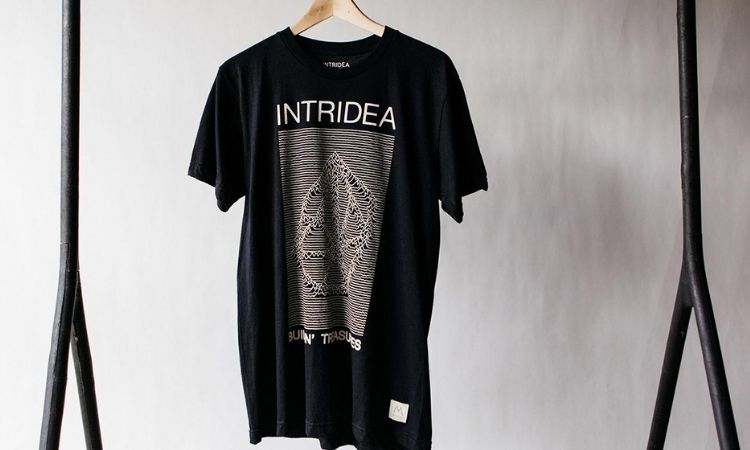
This is a broad issue, and the answer will vary depending on the circumstances. But, for a safe response, you can put anything that is in the public domain on a t-shirt without violating copyright regulations – print on demand copyright.
The public domain comprises artworks whose copyright has lapsed. The Metropolitan Museum of Art, for example, released Vincent Van Gough’s Self-Portrait with a Straw Hat (1887) into the public domain in 2017.
A number of public domain websites provide access to photographs that can be used for both personal and commercial purposes. One of the largest public domain picture libraries is Wikimedia Commons. Although most photographs are free to use commercially, some do have limitations, so read the fine print and double-check. Unsplash has a variety of photography to choose from. A million photographs have also been released into the public domain by the British Library.
2. What is considered fair use of copyright materials
According to US law, fair use elements include:
- The purpose and character of use — including whether it is of commercial nature or is for nonprofit and educational purpose
- The nature of copyrighted work
- The amount and substantiality of the portion used in relation to the copyrighted work as a whole
- The effect of the use upon the potential market for value for the copyrighted work
Fair use permits the legal use of a work without the need to obtain permission from the copyright holder. The issue with fair use is that there is no statutory definition, thus it will always be open to interpretation.
Regardless of the complexities of fair use legislation – print on demand copyright, one thing is certain: works cannot be copied for commercial purposes. As a result, in the vast majority of circumstances, fair use will not apply to commerce.
It might be permitted if only a little portion of the work was used and it was modified into something that couldn’t be distinguished from the original. But even in this case, you’re wading through choppy waters.
Some t-shirt sellers (print on demand copyright) claim that their design is a “parody” of a character or film. In some cases, this could be considered fair use, but you’d have to go through a protracted legal struggle to prove it.
3. Is it possible to print famous quotations on t-shirts or not
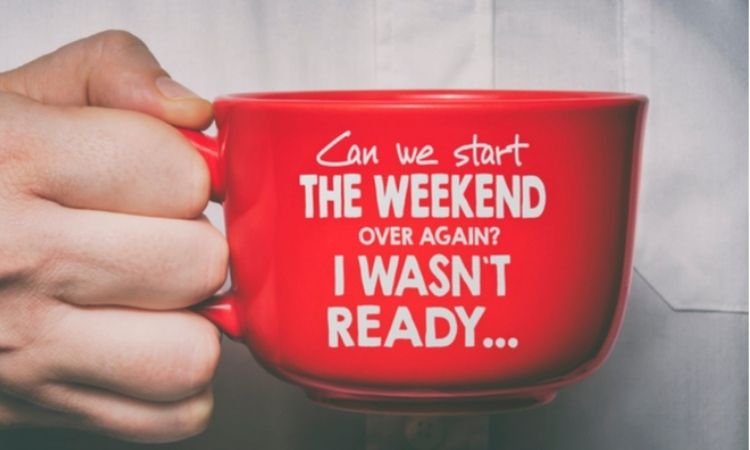
To begin, let’s go through when you can’t use a quote on a t-shirt (print on demand copyright). It will be protected under copyright law if it is physically palpable and has been written down. This comprises passages from novels, films, television shows, and speeches. This guideline applies to song lyrics as well. Some quotes may be trademarked, so perform a thorough check before using them for commercial purposes.
Using famous quotes is acceptable in some circumstances. This is acceptable if the quote is very general and not ascribed to a specific person. For example, the quote “When you can’t locate the sunshine, be the sunshine!” is a popular inspirational quotation for all people. This is normally acceptable behavior. However, it’s always a good idea to do your homework before you start selling.
Anything that has reached the public domain after its copyright period has expired is likewise acceptable. That’s why you’ll notice a lot of goods with Albert Einstein phrases like “Life is like riding a bicycle; you have to keep moving to keep your balance.” Short sentences are likewise not protected by copyright, as it is considered that this would stifle natural creativity. For instance, “Perfectly Imperfect.”
According to the copyright rules (print on demand copyright), it also relies on how you use the quote. If the quote is utilized for satire, critique, or review, it may be permissible. However, if you’re utilizing the substance on commercial products, you should avoid it or seek professional counsel.
4. Better safe than sorry
When it comes to print on demand copyright, it’s always preferable to err on the side of caution. If you’re not sure, assume the artwork is protected by copyright.
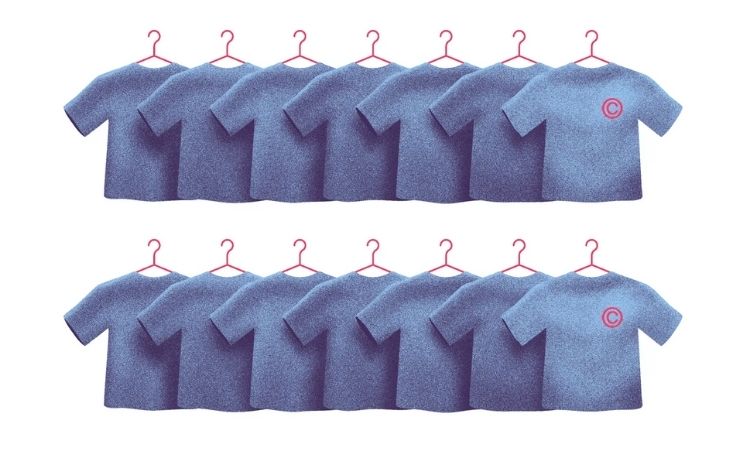
Here are some steps you can take to ensure you’re not breaking any laws:
- Use of trademarks or copyrighted content should be avoided. It should go without saying that you should not use trademarks or copyrighted material. Make your own designs or use free public domain artwork. If you’re not sure if your idea is protected by copyright or trademark law, it’s best to leave it alone or consult an attorney.
- Examine the records for copyright and trademarks. Check the US Copyright Records and the USPTO’s trademark database if you’re unsure whether something is copyrighted or has been registered as a trademark.
- Obtain the owner’s permission. To utilize copyrighted content or a trademark, obtain explicit permission from the creator – print on demand copyright.
- Seek the advice of a lawyer. Your greatest resource for determining what you need to do in your situation is a copyright or trademark attorney.
III. How to Check Copyright Issues for Print on demand
Check the phrase at the following websites if you come up with a cool phrase or want to know if it can be securely utilized in your design. In general, if the listing states it’s live, it’s a phrase, word, or symbol that you shouldn’t use in your designs.
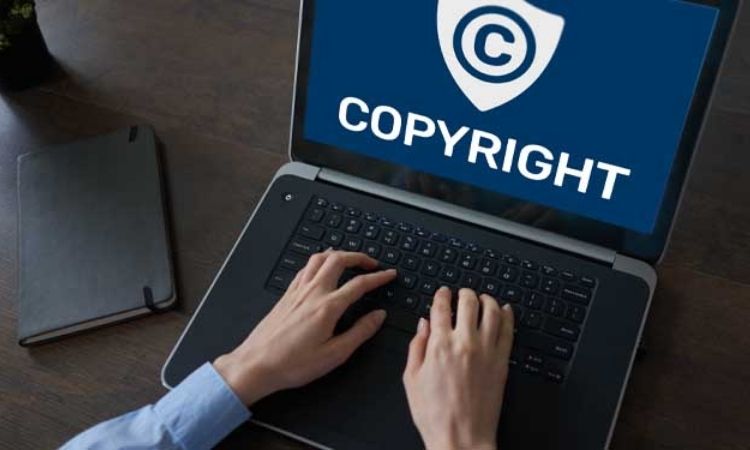
You should be allowed to use the phrase safely if it was once branded or copyrighted but the copyright has expired – print on demand copyright. Use your best judgment, use caution, and consult a copyright attorney if you have any questions. Again, I’m not recommending a legal course of action here; I’m only demonstrating my copyright workflow.
USPTO Search trademark database | USPTO
Click on the middle of the page. Enter your word in our Trademark Database (TESS). This will show you if your phrase has any entries and if it is currently active.
The United States Copyright Office: WebVoyage (loc.gov)
This search area allows you to search by title, name, or keyword.
III. Conclusion
People have gained unparalleled access to celebrities’ personal lives and private images as a result of the rise of social media. It’s now easier than ever to use Google to find photographs of celebrities or well-known brands, then save, tweak, publish, print, and monetize them. But that’s a prescription for a crime in and of itself.
Not only with your t-shirt designs, but also with your product descriptions, be cautious. Linking your design to a person, group, movie, or book establishes a connection between the two and may result in legal action – print on demand copyright.
Although ‘parody’ is permitted in some fair use situations, be careful not to print anything excessively insulting. You don’t want to get into the arena of character assassination.
If you do want to utilize something that you’re concerned may be infringing on someone else’s copyright, make sure you do your homework and consult an expert if you’re still unsure.
Read more:
